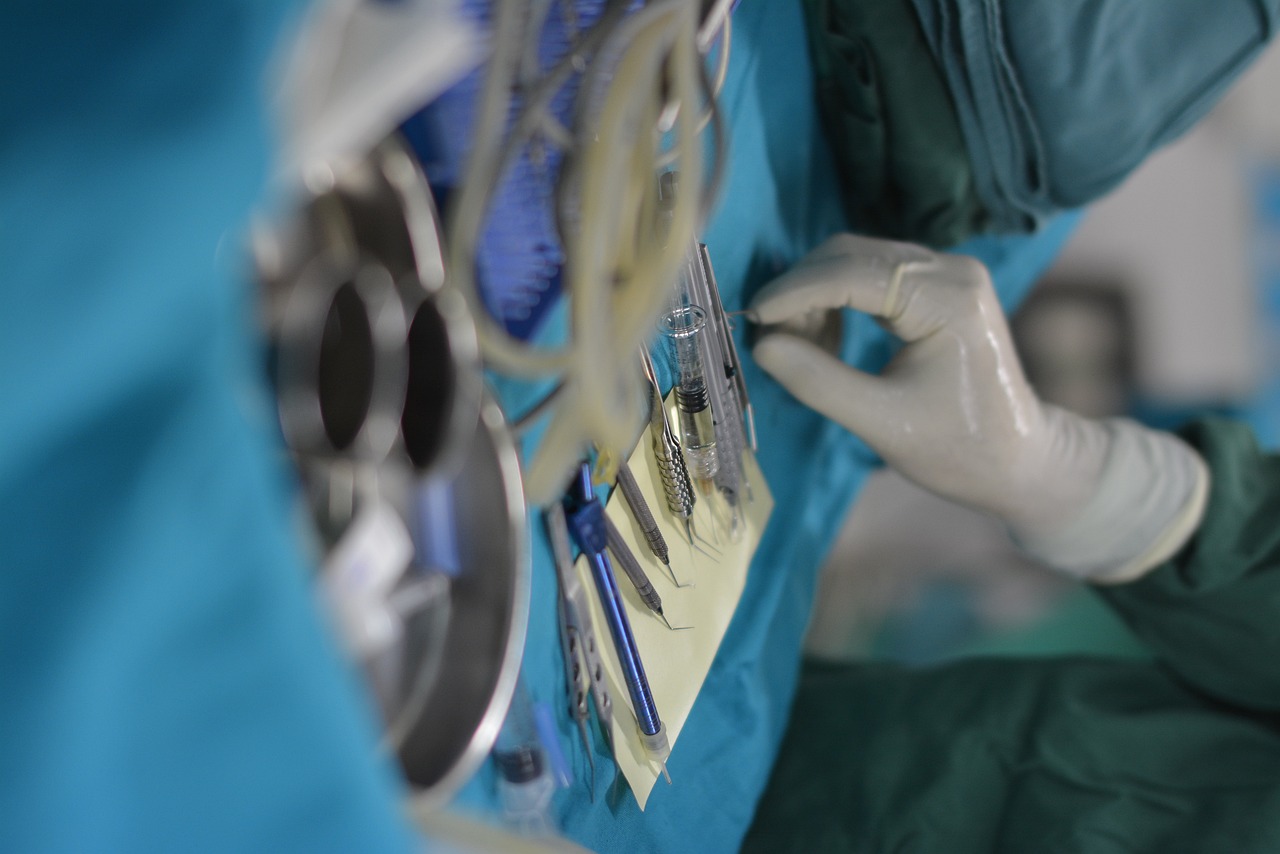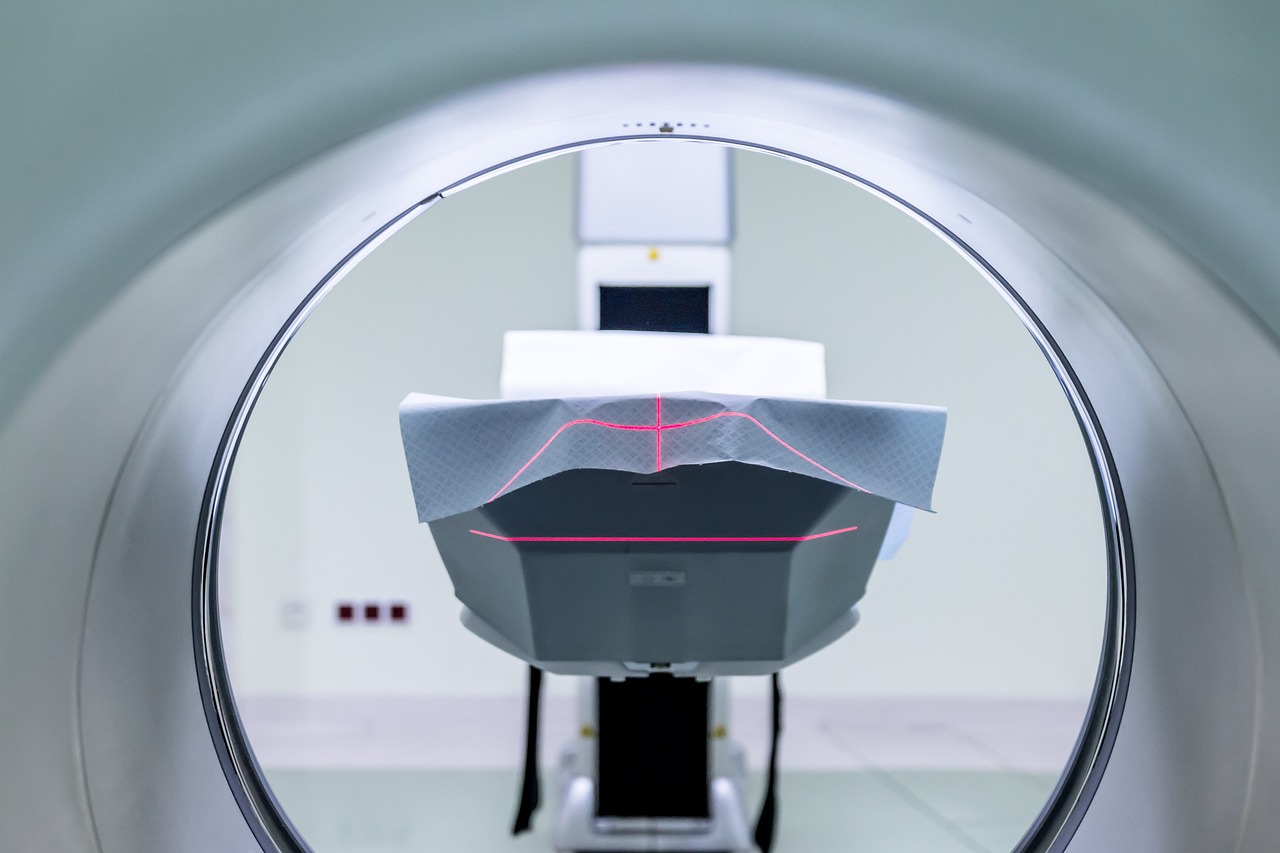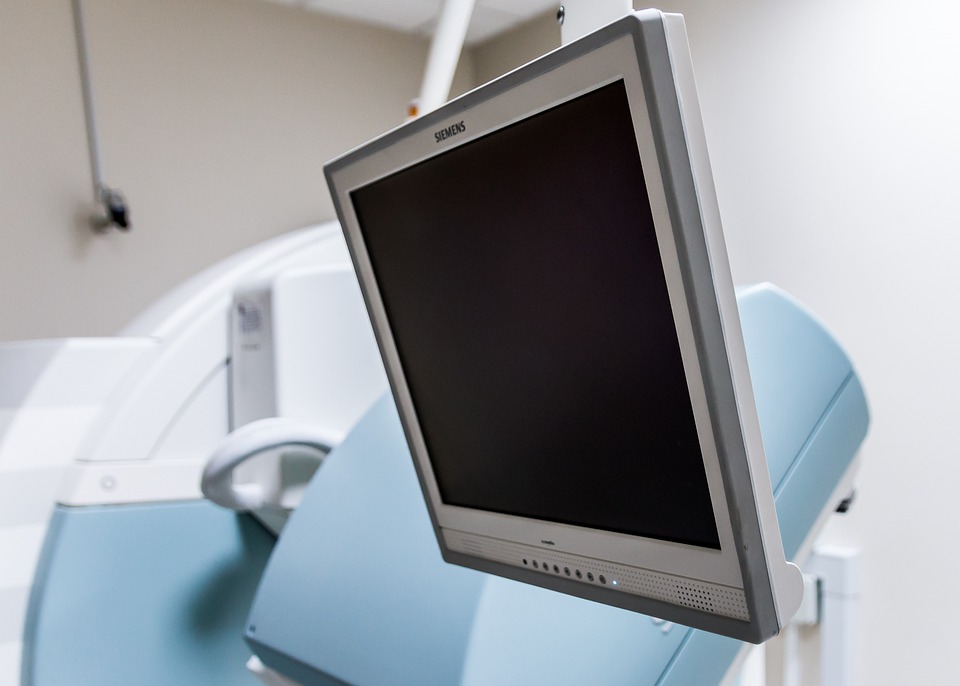The field of Magnetic Resonance Imaging (MRI) continues to evolve rapidly, with 2024 bringing significant advancements that are reshaping medical diagnostics. These innovations in MRI technology are not only enhancing image quality but also expanding the scope of clinical applications, making MRI an even more powerful tool in modern healthcare.
Staying abreast of the latest developments in medical imaging is crucial for healthcare professionals, researchers, and patients alike. The continuous improvements in MRI technology are leading to more accurate diagnoses, improved patient experiences, and new possibilities in understanding and treating various medical conditions.
Latest Hardware Innovations
The year 2024 has witnessed remarkable progress in MRI hardware, with manufacturers introducing cutting-edge machines and significant upgrades to existing models. These advancements focus on improving image resolution, reducing scan times, and enhancing overall system performance.
| MRI Model | Field Strength | Key Features | Scan Time Reduction |
|---|---|---|---|
| QuantumScan X1 | 7T | Ultra-high resolution, AI-assisted scanning | Up to 40% |
| NeoMRI Advance | 3T | Silent scanning technology, wide bore | Up to 30% |
| MicroScan Portable | 0.5T | Compact design, battery-operated | N/A (Portable) |
| HyperImage Pro | 1.5T | Dual-source RF technology, fast gradient system | Up to 25% |
High-Field MRI Systems
High-field MRI systems, particularly those operating at 7 Tesla (7T) and above, are at the forefront of imaging technology in 2024. These systems offer unprecedented image quality and detail, especially beneficial for neurological and musculoskeletal imaging.
Benefits of high-field MRI systems include:
- Enhanced spatial resolution for detailed structural imaging
- Improved signal-to-noise ratio, allowing for clearer images
- Better visualization of small structures and subtle abnormalities
- Advanced functional and metabolic imaging capabilities
The QuantumScan X1, a state-of-the-art 7T system, stands out with its ability to produce ultra-high resolution images of the brain, potentially revolutionizing the study and treatment of neurological disorders.
Portable MRI Devices
2024 has seen a significant rise in the development and adoption of portable MRI devices. These compact units are changing the landscape of point-of-care diagnostics and bringing MRI technology to previously inaccessible locations.
Advantages of portable MRIs:
- Increased accessibility in remote or resource-limited areas
- Bedside imaging capabilities for critically ill patients
- Reduced costs compared to traditional MRI installations
- Easier installation and maintenance
- Potential for use in emergency and disaster response situations
The MicroScan Portable, a 0.5T system, exemplifies this trend with its compact design and battery operation, making it suitable for various non-traditional settings.
Software and AI Integration
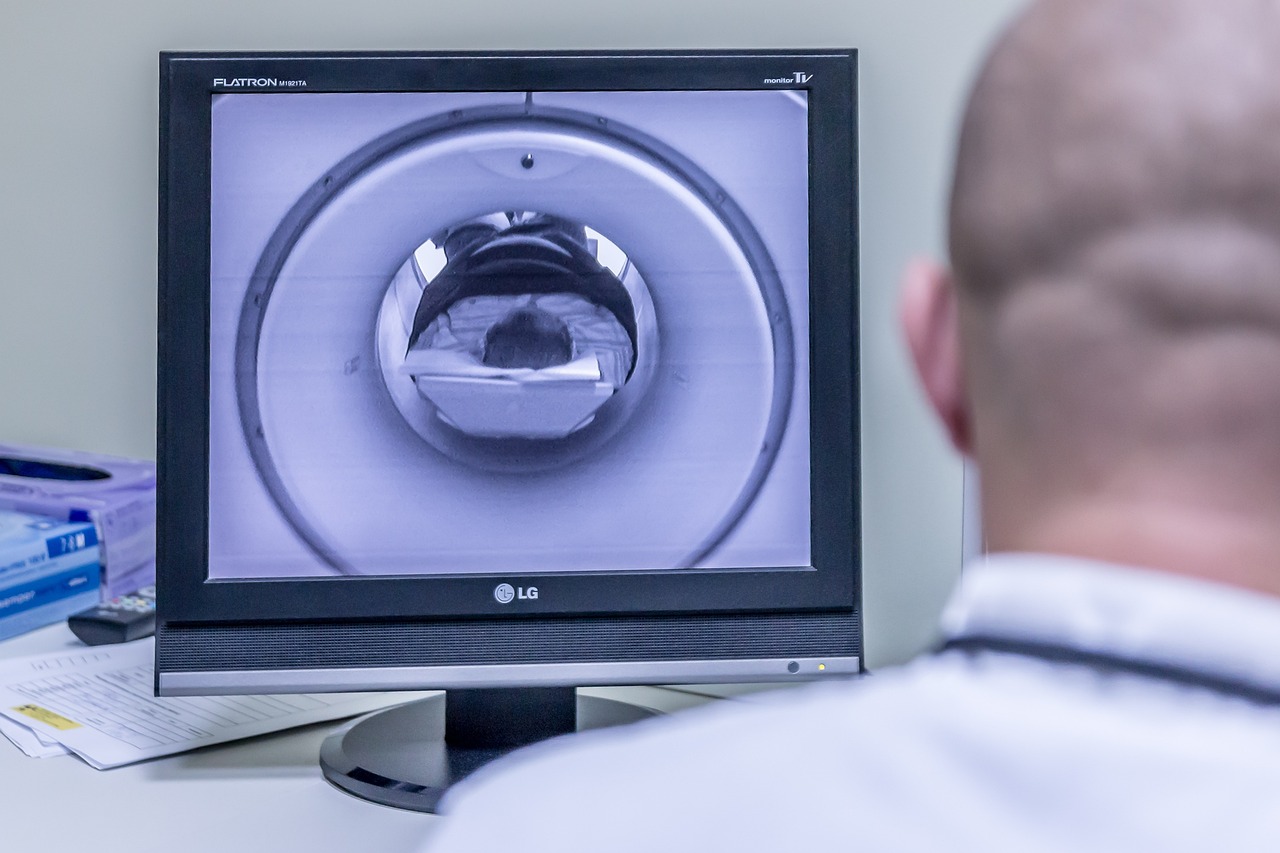
The integration of advanced software solutions and artificial intelligence (AI) has been a game-changer in MRI technology. These developments are not only improving image quality but also streamlining workflows and enhancing diagnostic capabilities.
Key software advancements include:
- Real-time image reconstruction algorithms
- Automated scan planning and optimization
- AI-driven noise reduction and artifact removal
- Advanced visualization tools for complex data sets
AI for Image Analysis
AI is revolutionizing MRI image analysis, offering faster and more accurate interpretations. Machine learning algorithms are being trained on vast datasets to identify patterns and anomalies that might be challenging for human observers to detect.
Examples of AI applications in MRI:
- Automated lesion detection in neurological scans
- Volumetric analysis of organs and tumors
- Tissue characterization for improved cancer diagnosis
- Predictive modeling for disease progression
The NeuroAI Analyzer, a cutting-edge AI tool, has shown remarkable accuracy in detecting early signs of neurodegenerative diseases, potentially allowing for earlier interventions.
Advanced Imaging Techniques
Software advancements have enabled the development and refinement of several advanced imaging techniques:
- Functional MRI (fMRI): Measures brain activity by detecting changes in blood flow.
- Diffusion Tensor Imaging (DTI): Maps white matter tracts in the brain, crucial for neurological studies.
- Perfusion Imaging: Assesses blood flow in organs and tissues.
- Spectroscopy: Analyzes chemical compositions of tissues.
- Elastography: Measures tissue stiffness, useful in liver fibrosis assessment.
These techniques provide valuable functional and physiological information, complementing traditional structural imaging.
Improved Patient Experience
Enhancing patient comfort during MRI scans has been a significant focus of recent innovations. Manufacturers are addressing common issues like claustrophobia, noise, and long scan times to make the MRI experience more tolerable for patients.
Noise Reduction Technologies
Noise reduction has been a major area of improvement in recent MRI technology. New systems employ various strategies to minimize the loud knocking sounds typically associated with MRI scans.
| MRI Model | Noise Reduction Technology | Noise Level Reduction |
|---|---|---|
| NeoMRI Advance | Acoustic Dampening System | Up to 97% |
| QuantumScan X1 | Active Noise Cancellation | Up to 70% |
| HyperImage Pro | Silent Gradient Technology | Up to 80% |
The NeoMRI Advance leads in this aspect with its innovative Acoustic Dampening System, reducing scan noise to near-whisper levels.
Faster Scanning Techniques
Reducing scan times is crucial for improving patient comfort and increasing throughput. New technologies in 2024 have significantly cut down scan durations:
- Parallel imaging techniques: Allow simultaneous data acquisition from multiple coil elements.
- Compressed sensing: Reconstructs high-quality images from undersampled data.
- Simultaneous multi-slice imaging: Excites and acquires multiple slices at once.
For instance, the HyperImage Pro utilizes a combination of these techniques to reduce total brain exam time from 40 minutes to just 15 minutes, a significant improvement in patient experience.
Expanded Clinical Applications
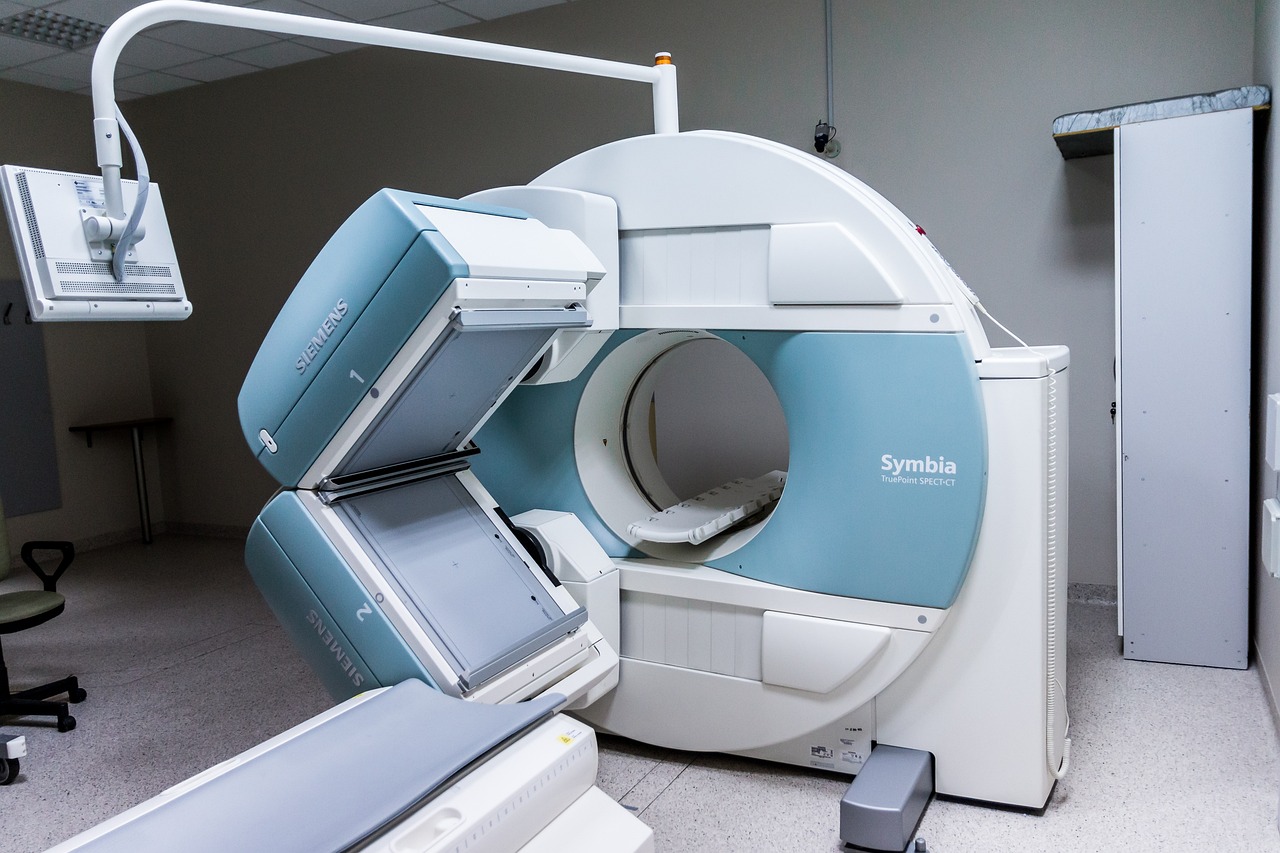
The advancements in MRI technology have broadened its clinical applications, making it an invaluable tool across various medical specialties.
Neurological Disorders
MRI continues to be crucial in neurology, with new technologies offering deeper insights into brain structure and function.
Conditions benefiting from advanced MRI:
- Alzheimer’s disease and dementia
- Multiple sclerosis
- Parkinson’s disease
- Epilepsy
- Stroke
- Brain tumors
High-field MRI systems like the QuantumScan X1 are particularly beneficial in visualizing small brain structures and subtle abnormalities, aiding in early diagnosis and treatment planning.
Cardiac Imaging
Cardiac MRI has seen significant advancements, offering detailed imaging of the heart without radiation exposure.
Key cardiac MRI techniques:
- Cine MRI: For assessing cardiac function and wall motion
- Myocardial perfusion imaging: To evaluate blood flow in the heart muscle
- Late gadolinium enhancement: For detecting myocardial scarring
- 4D flow MRI: To visualize and quantify blood flow dynamics
These techniques provide comprehensive cardiac assessment, crucial for diagnosing and managing conditions like coronary artery disease, cardiomyopathies, and congenital heart defects.
Future Trends in MRI Technology
As we look beyond 2024, several emerging trends promise to further revolutionize MRI technology.
Quantum Computing in MRI
Quantum computing holds immense potential for advancing MRI technology. While still in early stages, researchers are exploring how quantum algorithms could dramatically improve image reconstruction and analysis.
Potential applications of quantum computing in MRI:
- Ultra-fast image processing and reconstruction
- Enhanced pattern recognition for diagnostic accuracy
- Optimization of scan parameters for personalized imaging
- Simulation of complex biological systems
Personalized MRI Scans
The future of MRI lies in personalized scanning protocols tailored to individual patient characteristics and specific diagnostic needs.
Technologies enabling personalized MRI:
- AI-driven protocol optimization: Adjusts scan parameters based on patient data and clinical question
- Real-time adaptive imaging: Modifies scan sequences on-the-fly based on initial results
- Multiparametric analysis: Combines various MRI techniques for comprehensive tissue characterization
- Integration with genetic and molecular data: Correlates imaging findings with genetic profiles for precision medicine
These advancements promise more accurate diagnoses, reduced scan times, and optimized treatment planning for individual patients.
Conclusion
The landscape of MRI technology in 2024 is marked by significant advancements in hardware, software, and clinical applications. From high-field systems pushing the boundaries of image resolution to AI-driven analysis enhancing diagnostic accuracy, these innovations are transforming medical imaging and patient care.
As MRI technology continues to evolve, it remains crucial for healthcare professionals to stay informed about these developments. The integration of quantum computing, the move towards personalized imaging, and the expanding clinical applications of MRI hint at an exciting future in medical diagnostics.
These advancements not only promise improved diagnostic capabilities but also enhance patient experiences, making MRI an increasingly powerful and versatile tool in modern medicine. As we look to the future, the continued evolution of MRI technology holds the potential to unlock new frontiers in understanding and treating a wide range of medical conditions.



